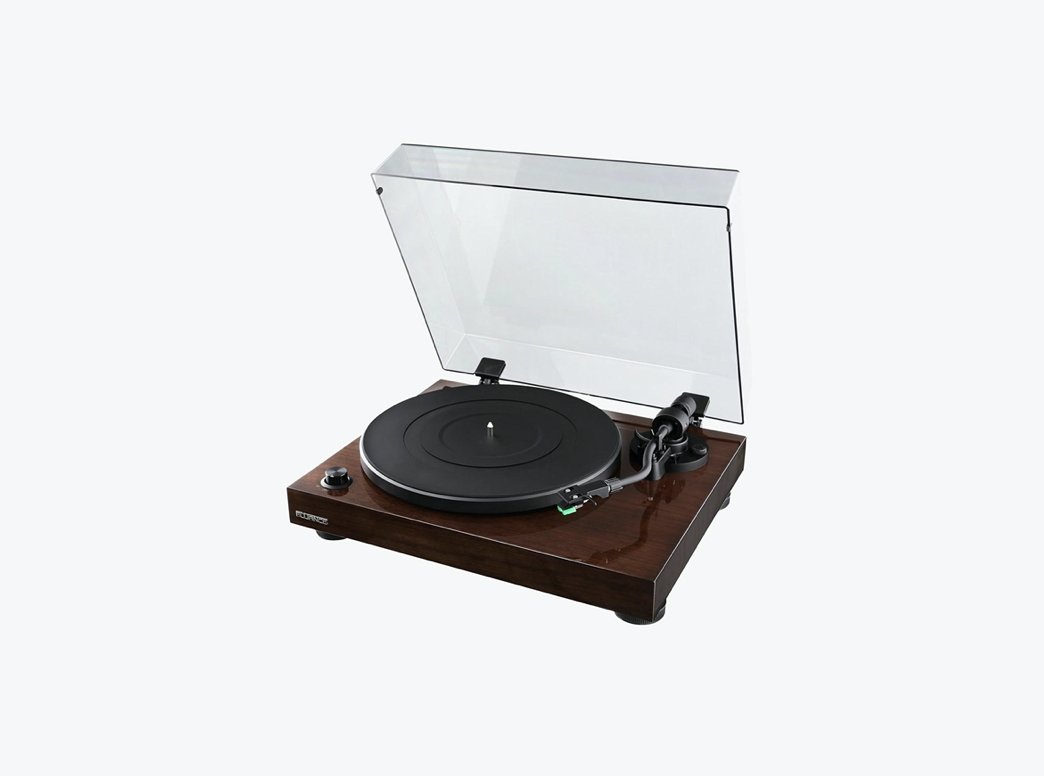
Is that you, internet? It’s me, Firefox.
At the end of 2008, Firefox was flying high. Twenty percent of the 1.5 billion people online were using Mozilla’s browser to navigate the web. Almost 15 years later, things aren’t so rosy. wired.trib.al/JxGvWGw 1/12
At the end of 2008, Firefox was flying high. Twenty percent of the 1.5 billion people online were using Mozilla’s browser to navigate the web. Almost 15 years later, things aren’t so rosy. wired.trib.al/JxGvWGw 1/12
In the two decades since Firefox launched, it has been key to shaping the web’s privacy and security. But now the privacy-heavy browser is flatlining. 2/12
The gloomy forecast has left industry analysts and former employees concerned about the browser's future. As one former Mozilla employee says: “They're just going to have to accept the reality that Firefox is not going to come back from the ashes.” 3/12
Making things harder for Firefox, a spate of privacy-focused browsers now compete on its turf, while new-feature misfires have threatened to alienate its base. 4/12
But the downfall of Firefox has larger implications for the web as a whole. For years, it was the best contender for keeping Google Chrome in check, offering a privacy-forward alternative to the world’s most dominant browser. 5/12
Mozilla (like most of us) has a complicated relationship with Google. While they may be competitors, they are also business partners. Each year Google pays Mozilla hundreds of millions of dollars in royalties for its search engine to be set as the default in Firefox. 6/12
Reports say that figure is currently in the range of $400 million per year. Mozilla listed its total revenue in 2020 as $496 million, with royalties from search deals equaling $441 million. So you get the picture. 7/12
But the clock on this dysfunctional romance is ticking. The expiration date is set for 2023 and there’s no guarantee Google will renew at the same level. 8/12
Then again, Mozilla’s 2020 financial declarations said that despite layoffs it is in a healthy place, and expects its financial results for 2021 to show revenue growth. So it’s hard to predict whether these are red flags or growing pains. 9/12
The company admits that for its long-term future it needs to diversify the ways it makes money. But everyone @mattburgess1 spoke with—inside and outside of Mozilla—says a flourishing Firefox makes the web a better place. 10/12
For more on the fate of this once booming browser hit the link: wired.trib.al/JxGvWGw 11/12
Subscribe to WIRED and get your first year of print and digital access for just $10. wired.trib.al/9E2tJFL 12/12
• • •
Missing some Tweet in this thread? You can try to
force a refresh








